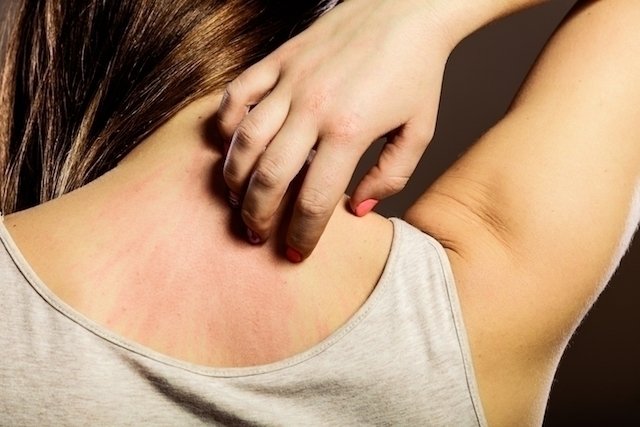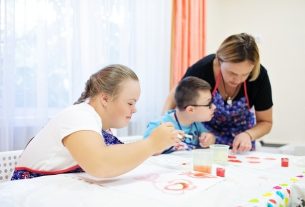Skin mycosis is a disease caused by the presence of fungi on the skin, causing symptoms such as itching, redness and peeling, which can occur anywhere on the body.
Skin mycosis can be classified into different types according to where the fungus develops and causes symptoms. For example, when symptoms appear in the groin, it is called tinea inguinalis, while when it occurs in the nail, it becomes known as onychomycosis.
The appearance of skin mycosis is more common in summer, as heat and sweat favor the multiplication of fungi that inhabit the skin, causing infection. See more symptoms of ringworm.
1. Mycosis of the nail
Sensitive content
This image may contain content that is uncomfortable for some people.
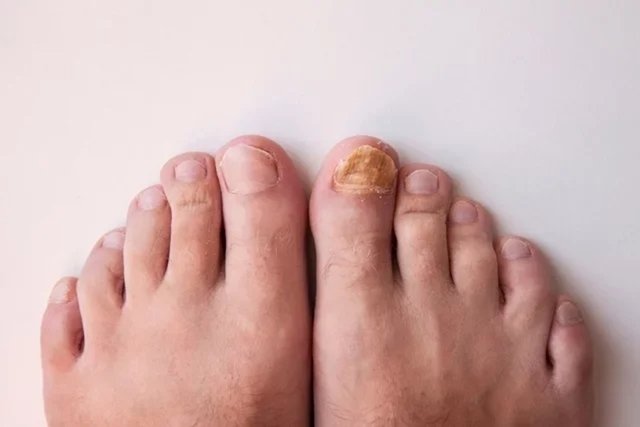
Also known as onychomycosis, it is an infection that leaves the nail yellow, deformed and thick, and can be transmitted to areas around the nail or to other nails, being more common in toenails.
How to deal with: Nail fungus can be treated with pills prescribed by the dermatologist, such as Fluconazole or Itraconazole, or by applying an ointment or nail polish for nail fungus, such as Loceryl, Micolamine or Fungirox, for example. Another option is the use of a laser, which eliminates the mycosis fungus through the infrared rays emitted by it.
Treatment for nail fungus takes time because the fungus is only completely eliminated when the nail grows. Therefore, treatment generally takes around 6 months for fingernail mycosis and 12 months for toenail mycosis. Find out more about nail fungus.
Don’t ignore the signs your body is giving you!
2. Candidiasis
Sensitive content
This image may contain content that is uncomfortable for some people.
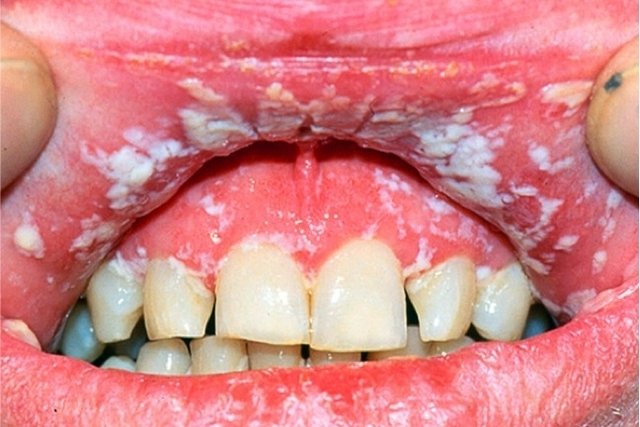
Candidiasis is an infection caused by the fungus Candida albicans which is naturally present in the mouth and genital region of men and women, however due to changes in immunity, for example, its quantity may increase, leading to the appearance of signs and symptoms of candidiasis.
Vaginal candidiasis is a very common infection in women due to the increase in the population of this fungus., This happens mainly when the immune system is weakened, in cases of diabetes, when there are bad hygiene habits or after treatment with some antibiotics or corticosteroids.
Oral candidiasis is an infection that mainly affects babies, due to their still poorly developed immunity, or in adults with a weakened immune system due to flu, chronic diseases or HIV, for example.
How to deal with: Treatment for oral candidiasis can be done at home with the application of antifungals in the form of gel, liquid or mouthwash, such as Nystatin, for 5 to 7 days, however, in more severe cases, treatment can be done with oral antifungal medicines, such as Fluconazole, as recommended by your doctor.
In the case of candidiasis on the genitals, it is possible to use oral or local ointments and tablets, such as fluconazole, clotrimazole or ketoconazole. Check out more details about candidiasis and how it should be treated.
3. Pitiríase versicolor
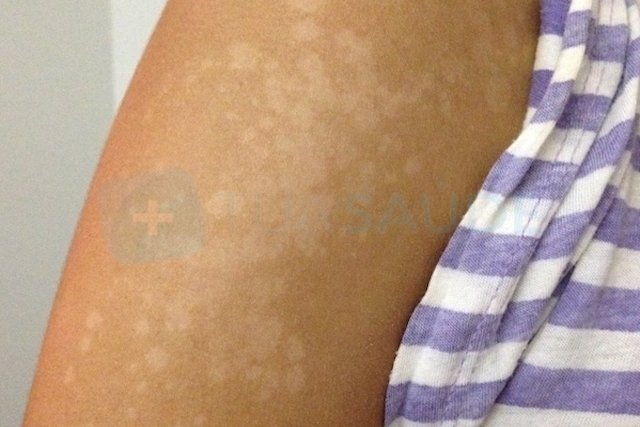
Also known as white cloth or beach mycosis, it is a type of mycosis caused by the fungus Malassezia furfur, which produces a substance that prevents the skin from producing melanin when exposed to the sun. Therefore, in places where the fungus is present, the skin does not tan, leading to the appearance of small white spots. Learn more about white cloth.
How to deal with: Treatment for beach mycosis involves the use of medicines such as Fluconazole, or antifungals applied to the area, such as creams, ointments, lotions or sprays, depending on the degree of skin involvement. If the ringworm returns shortly after treatment, you should see a dermatologist for specific treatment.
4. Athlete’s foot
Sensitive content
This image may contain content that is uncomfortable for some people.
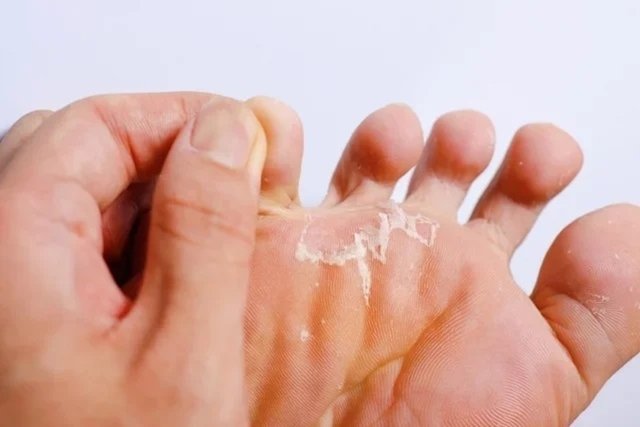
Also known as tinea pedis or chilblains, this is a type of skin mycosis caused by fungi. Trichophyton, Microsporum or Epidermophyton, which mainly affects regions on the sole and between the toes.
How to deal with: Treatment generally consists of applying antifungal creams or ointments, however, in some cases, symptoms may not improve with the use of this type of cream alone and, therefore, it may be necessary for the doctor to prescribe antifungal tablets of Itraconazole, Fluconazole or Terbinafine, for about 3 months. See more details on the treatment for athlete’s foot.
5. Groin ringworm
Sensitive content
This image may contain content that is uncomfortable for some people.
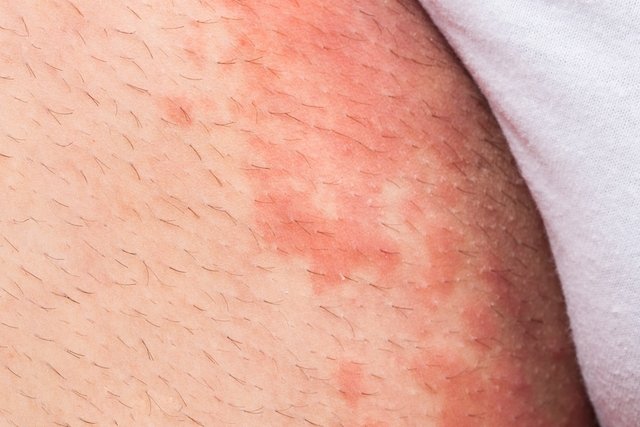
Also called crural ringworm, this ringworm is caused by the fungus Ringworm of the legbeing more common in obese people, athletes or people who wear clothes that are too tight, due to the creation of a hot and humid environment, favorable to its development.
How to deal with: Treatment generally consists of applying antifungal creams or ointments such as clotrimazole or econazole.
6. Tinea capitis
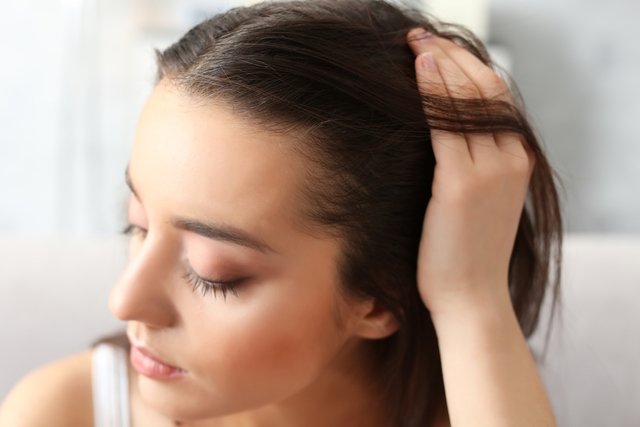
Also known as Ringworm of the headthis is a mycosis that can be caused by different fungi, which can cause hair loss.
How to deal with: Treatment consists of using oral antifungal medications, shampoos or lotions.
7. Impact
Sensitive content
This image may contain content that is uncomfortable for some people.
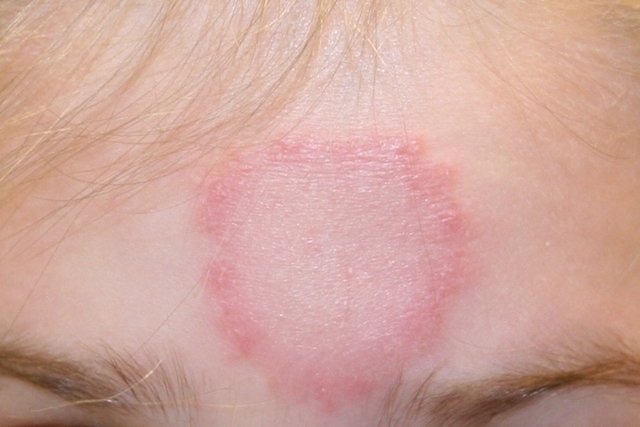
This ringworm, also known as tinea corporis, can develop anywhere on the body, and is characterized by a red rash with lighter skin in the middle. Learn how to identify and treat Impingem.
How to deal with: In most cases, treatment is carried out with the application of antifungal creams and ointments such as clotrimazole, ketoconazole, isoconazole or terbinafine, however, if symptoms do not improve with the use of this type of cream alone, you should see a doctor, so you can prescribe antifungal tablets such as fluconazole or terbinafine, for example.
During the treatment of ringworm, some home remedies can also be used to alleviate symptoms more quickly.
Possible causes
Fungi are the main causes of mycoses on the skin, however, for the disease to develop, other conditions must be met, such as depression of the immune system, a warm and humid environment and, in most cases, there needs to be contagion.
Infection may appear more frequently after taking antibiotics, because the bacteria present on the skin decrease, allowing fungi to proliferate. Furthermore, walking barefoot in public places such as beaches, swimming pools and bathrooms, having poor blood circulation, having nail injuries, having unprotected sex, taking excessive showers, sweating a lot, wearing tight clothes and going to places that are too humid and hot, increases the risk of developing ringworm.

Sign up for our newsletter and stay up to date with exclusive news
that can transform your routine!
Warning: Undefined array key "title" in /home/storelat/public_html/wp-content/plugins/link-whisper-premium/templates/frontend/related-posts.php on line 12
Warning: Undefined array key "title_tag" in /home/storelat/public_html/wp-content/plugins/link-whisper-premium/templates/frontend/related-posts.php on line 13

